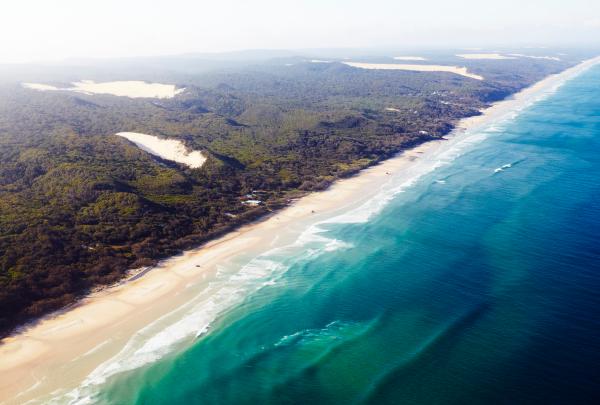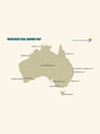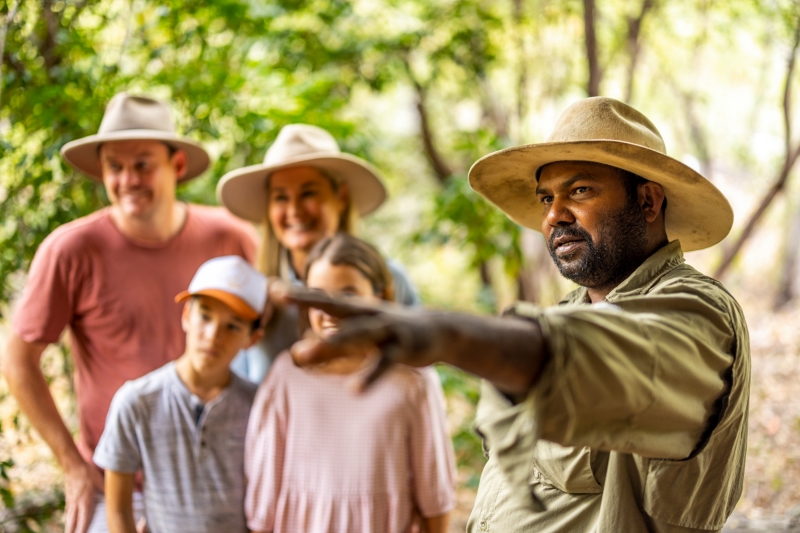Discover Aboriginal Experiences
Discover Aboriginal Experiences is a collective of quality, authentic Aboriginal guided tourism offerings. This collective is part of Tourism Australia’s Signature Experiences of Australia Program that packages and promotes Austr...







